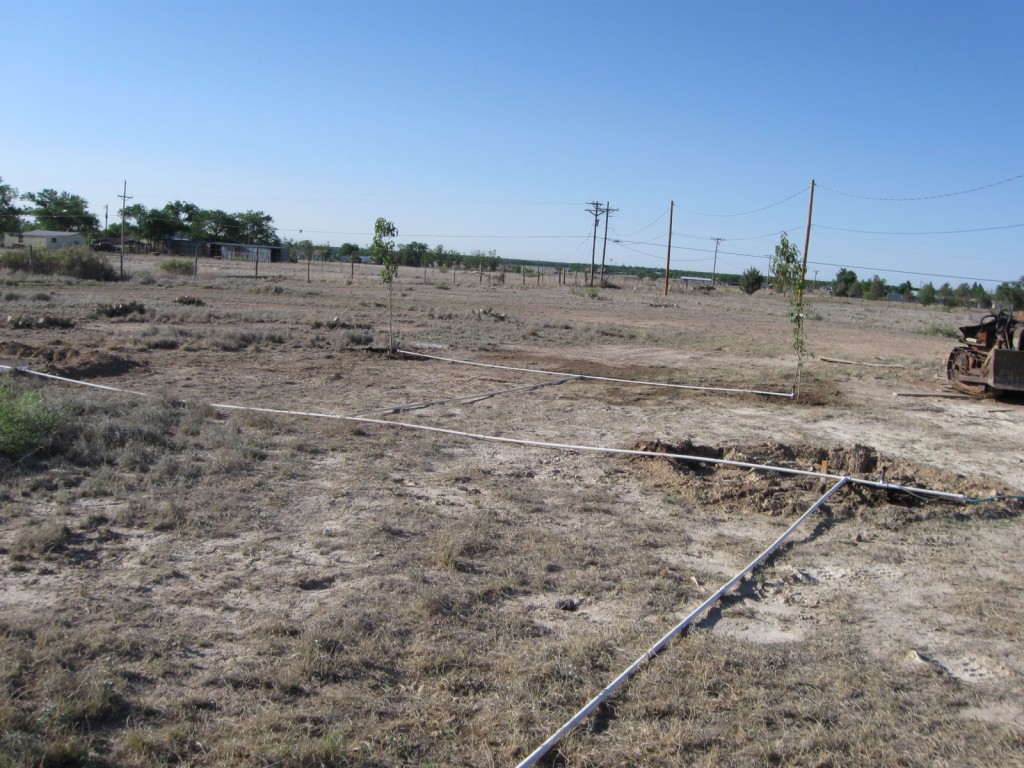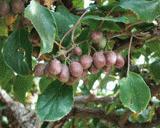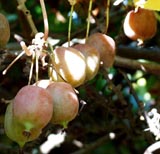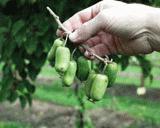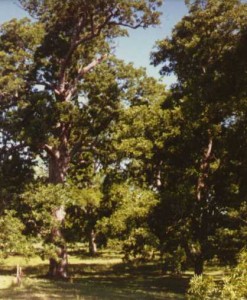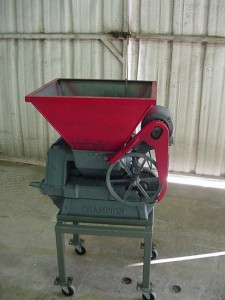As mentioned in an earlier post, pecan trees do very well in New Mexico. We were fortunate to find someone to sell a few to us for the Homestead. According to my Dad, with the trees having the late spring and summer to establish themselves (assuming we give them good quantities of water), we could possible see some pecans on the next year (2013) winter harvest.
To get ready for the trees, we had to identify where we wanted them, the spacing and how we planned to water them. With the ground being so completely dry (due to lack of rain), we had to prepare the ground, soaking it well for several days before the process of digging the hole and planting a tree could begin.
The company selling us the trees (Tree Digger LLC, owned by Brandon Kuykendall – 575-317 8536) recommended forming a well for the trees at least 8 feet in diameter and soaking it down over time so that the soil would be soft enough to dig with his equipment. Pecan orchards are planted with the trees 30 feet apart in rows, with 40 foot rows separating them. I have heard that typically pecan trees around here are planted with 44 trees to the acre.
The trees we will get are 25 year old trees that have been pruned back to allow transplanting. The cost for trees of this type (including digging the hole and delivery) is $500. We had budgeted $2000 for pecans, so we are able to buy four without busting the budget. We laid out our plan for the trees to be planted 30 feet apart in a square formation. This will make it easy to set up the automatic drip system for watering.
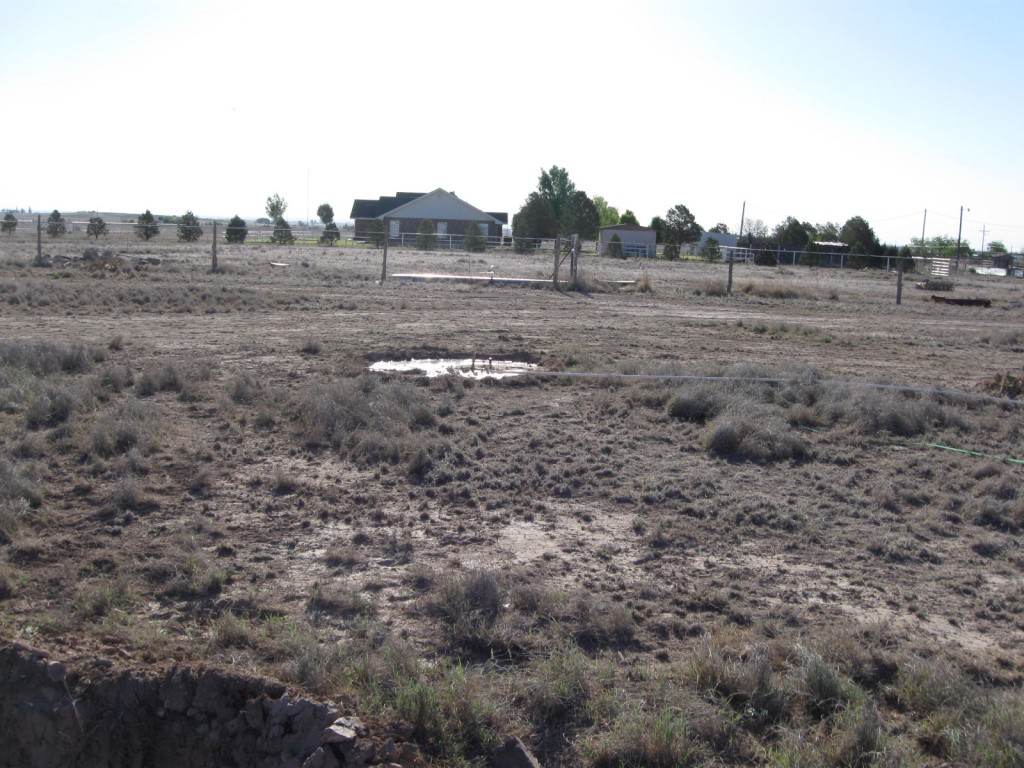
We have prepared the wells, and put together a temporary automatic watering system for the four pecans and two fruit trees (we couldn’t wait and bought the fruit trees our first week in the RV). Basically, DH bought the PVC pipes we will use for the underground system once the trees are in place, but laid it out on top without gluing the pieces together. Then, we attached the layout to a water hose and set up a timer to automatically water the wells a few minutes every 8 hours. This gives time for the water to soak in well into the soil without running over the wells we prepared.
One of the holes for a pecan is ready; we’re now waiting for the delivery of the trees.
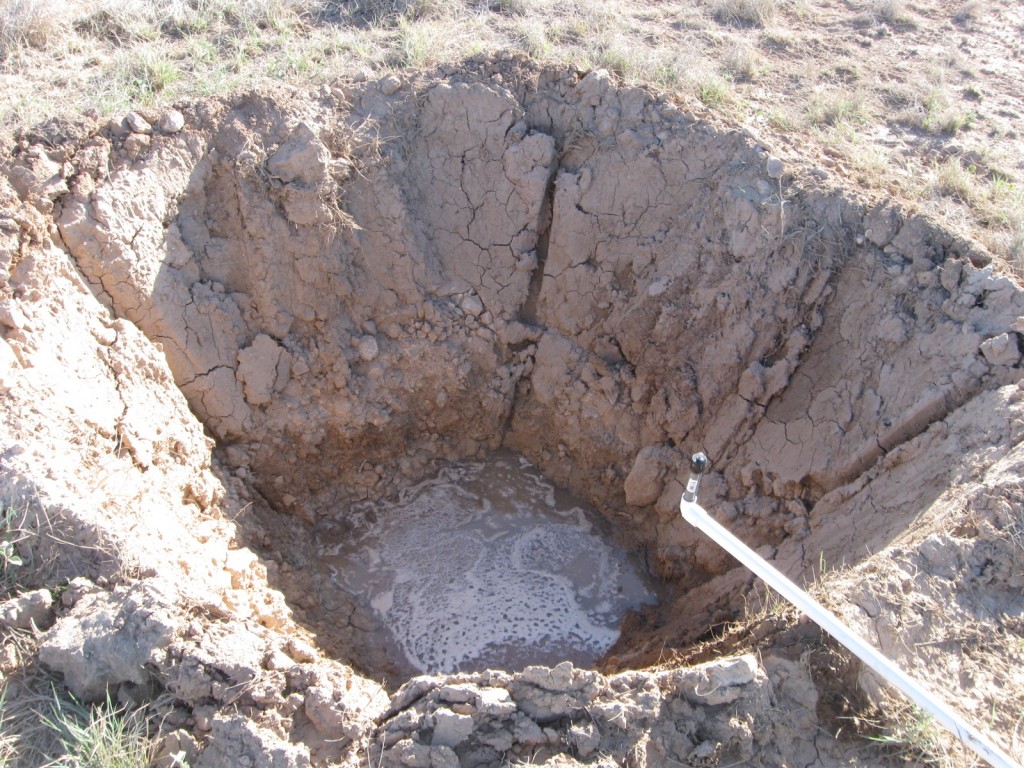
After the trees are delivered, we’ll share more information. I hope to video the digging of the other holes and the tree delivery. I have seen orchards around town that have mature trees that were obviously transplanted either last year or the year before. I’ll try to get a few photos to show what we expect our trees to look like in just a year or two.
With the barren nature of our 5 acres here, the addition of trees will make a huge difference.


